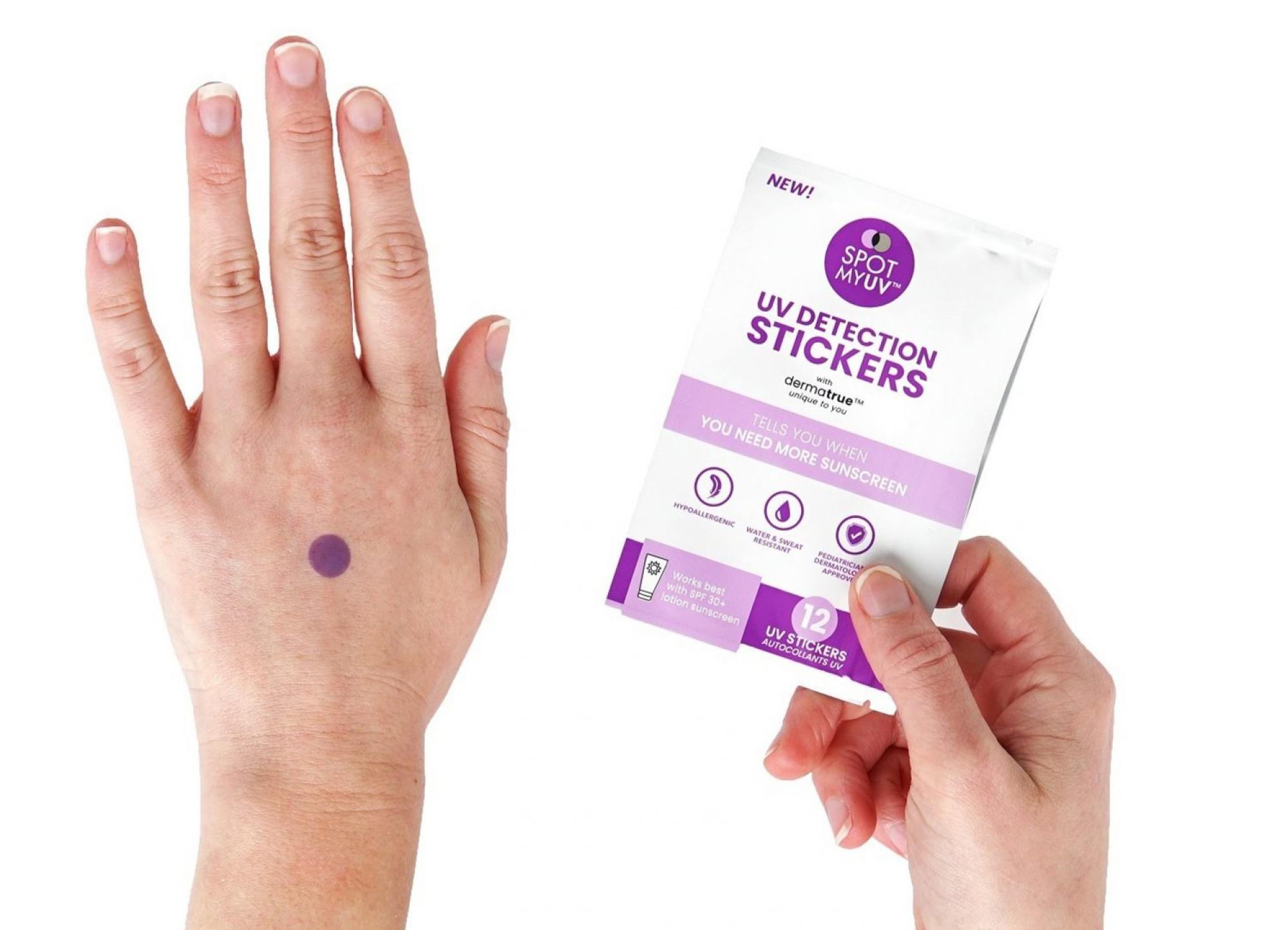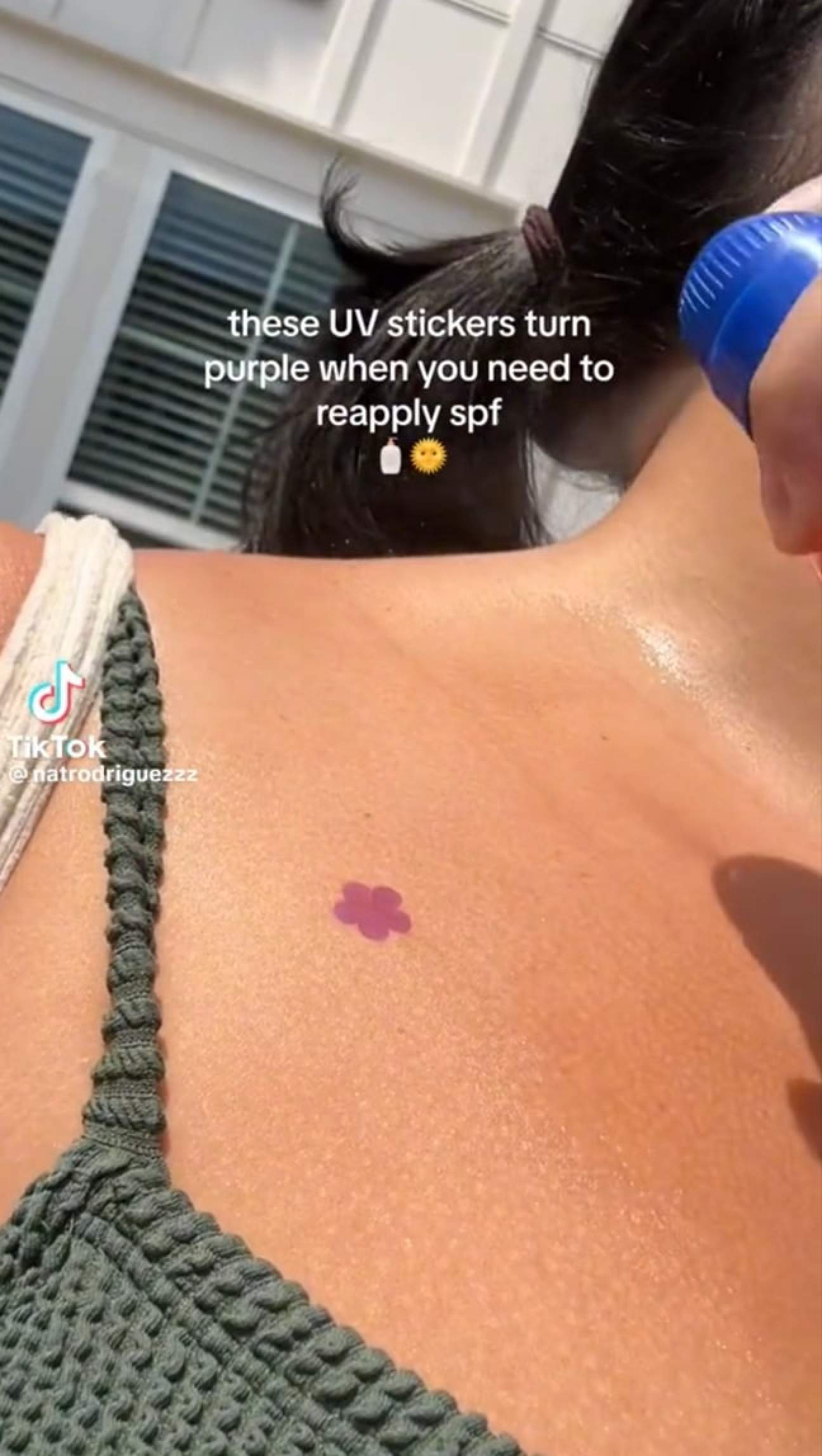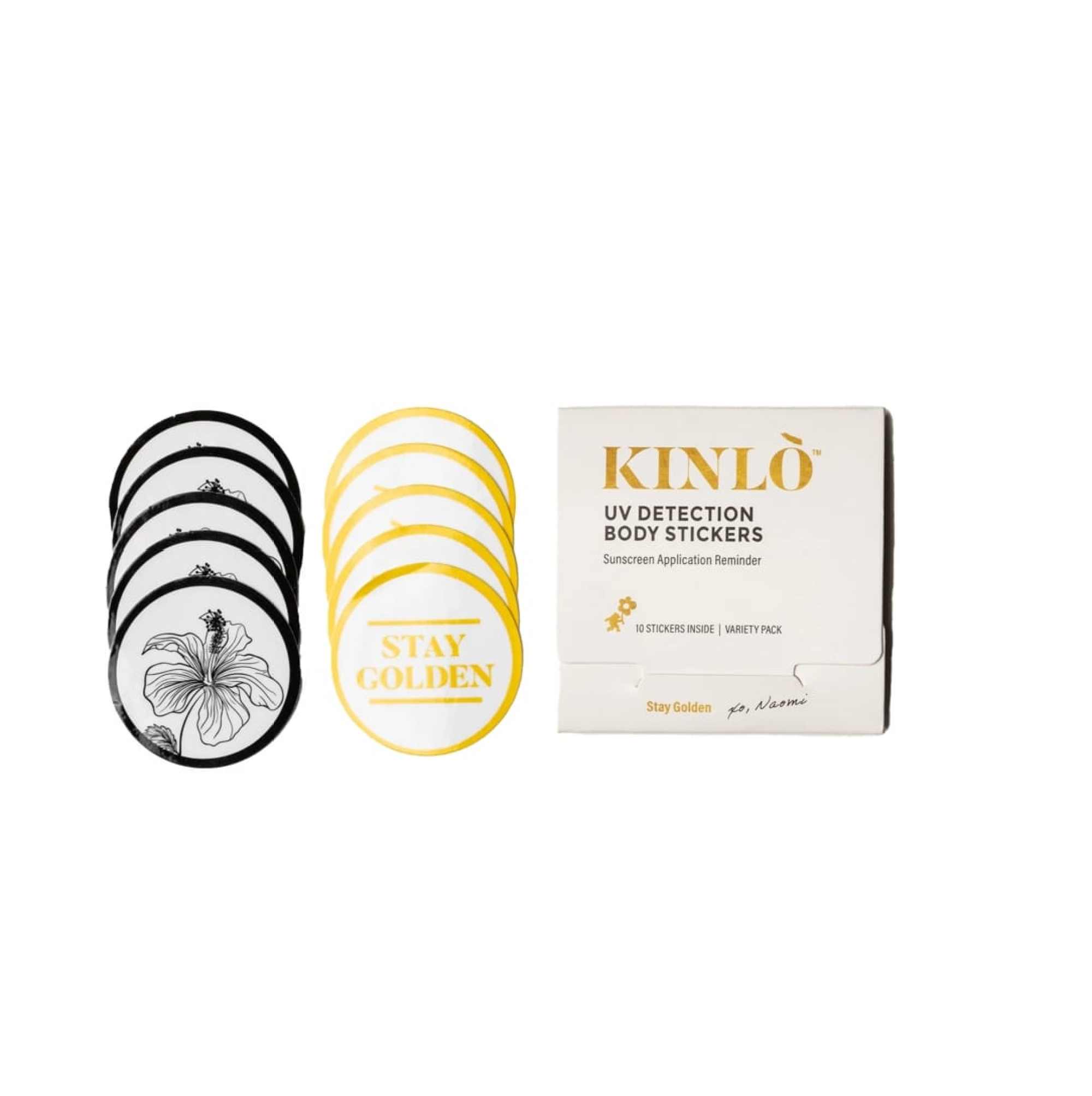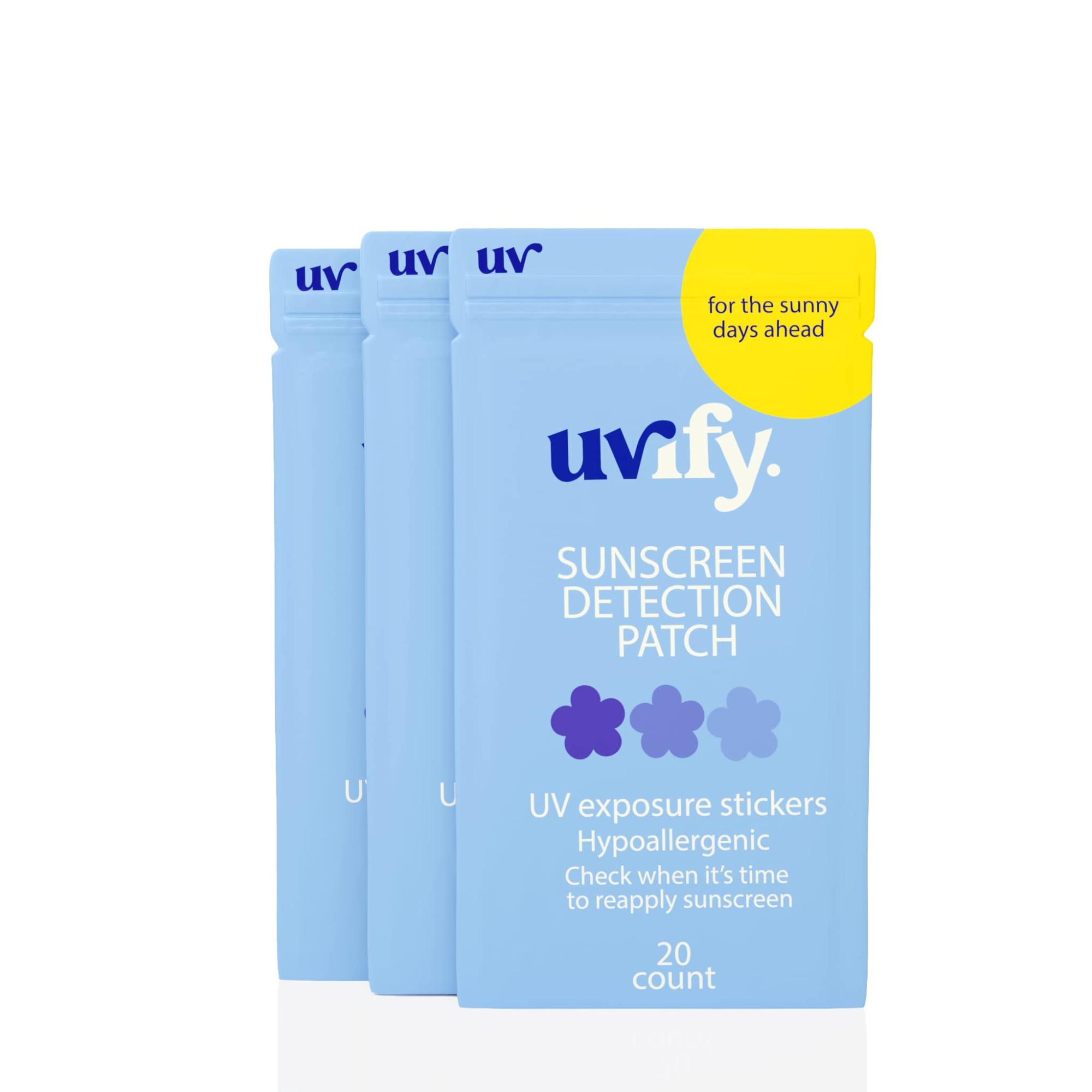Explainer / What are UV test stickers – and how do you use them? These adhesive strips change colour when you need to reapply sunscreen, but dermatologists advise incorporating other sun protection practices too

Summer is in full swing and as we revel in the sunny outdoors, it’s essential to protect our skin from harmful UV rays.
Luckily, innovative tools like UV test stickers claim to hold the answer to this age-old mystery.
How much sunscreen do you need?

To start, it’s essential to grasp the recommended amount of sunscreen for proper coverage.
Dermatologists advise applying at least one ounce, equivalent to a shot glass, of sunscreen to cover the entire body. When it comes to the face, experts suggest using the “two fingers” technique, dispensing enough sunscreen to cover the length of two adult fingers.

If teaspoons are easier to visualise, think of it this way: you need half a teaspoon of sunscreen for your face and neck, one teaspoon to cover both your arms, one teaspoon for the front of your torso, and another teaspoon for your back and shoulders. Finally, you’ll need two teaspoons to spread over both your legs.
Emily Trampetti, master licensed esthetician and founder of Skin Property Virtual Esthetics, highlights the ongoing debate surrounding sunscreen safety, with customers being inundated with a mix of new and, at times, misleading scientific information. Trampetti emphasises, “There are also increasingly popular, fearmongering opinions that sunscreens are ‘harmful’ or ‘unsafe’.”

Additionally, reapplication remains a critical aspect of sun protection.

However, understanding how effectively we have applied the initial layer is what remains a challenge – and that’s where UV test stickers come in.
What are UV test stickers?

UV test stickers are the latest innovation in sun protection, operating on a clever principle that keeps your skin safe from harmful UV rays. These small adhesive strips employ photochromic ink technology similar to transition lenses found in glasses. They begin with a clear appearance, but as they come into contact with UV light, the ink transforms, gradually darkening.
“When sunscreen is applied over the stickers, the ink interacts with the sunscreen’s protective properties, allowing you to monitor its efficacy,” says Dr. Maria Tsoukas, who’s an MD and also the head of the department of dermatology at UI Health.

“As the sunscreen wears off or loses its potency due to factors like sun exposure and perspiration,” Tsoukas continues, “the ink darkens – often turning purple – serving as a visual reminder for users to reapply sunscreen promptly to stay ahead of potential sunburn.”
While the primary goal of UV test stickers is to serve as a helpful reminder, some savvy customers have found an alternative use for them – testing the effectiveness of their sunscreen formulas.

By observing how the stickers react when combined with your sunscreen, you can gain valuable insights into the product’s ability to shield your skin from UV rays – an innovative approach that has empowered users to take charge of their sun protection, leading the way for greater transparency and accountability in the sunscreen industry.
But do they really work?

While the concept of UV test stickers seems promising, it’s important to approach them with realistic expectations. Their effectiveness relies on various factors, including the quality of the sticker and the accuracy of the colour change.
That’s why dermatologists agree that, while they can provide a helpful indication, it’s crucial to understand their limitations and incorporate other sun protection practices too, such as choosing a broad-spectrum sunscreen with an SPF of 30 or higher to protect your skin against both UVA and UVB rays.

Once you’ve chosen your formula, apply sunscreen liberally to all exposed skin, ensuring even coverage, and don’t forget commonly overlooked areas such as the ears, back of the neck and tops of the feet.


- It’s summertime! Are you taking precautions to look after your skin while you’re out and about? Consider trying UV test stickers by beauty brands such as Naomi Osaka’s Kinlò
- Dermatologists say it’s crucial to understand their limitations and incorporate other sun protection practices, like choosing a broad spectrum sunscreen with SPF of 30 or higher and wearing hats